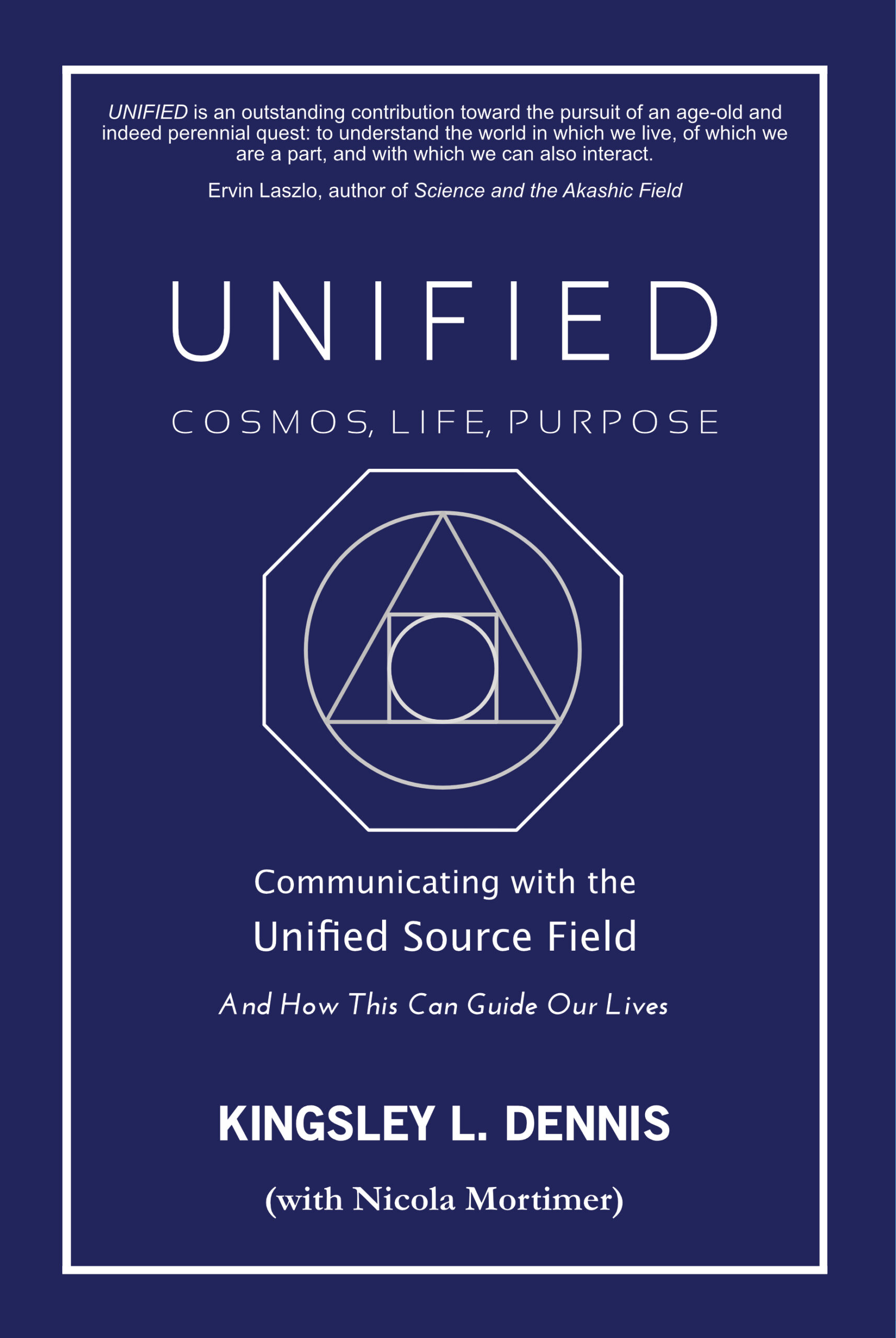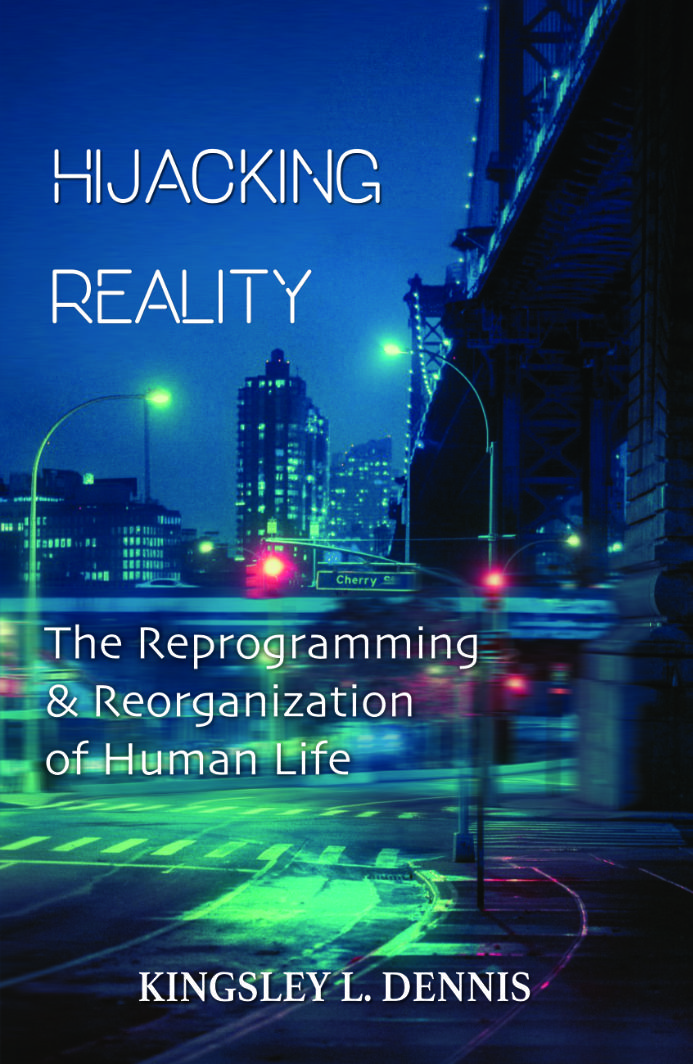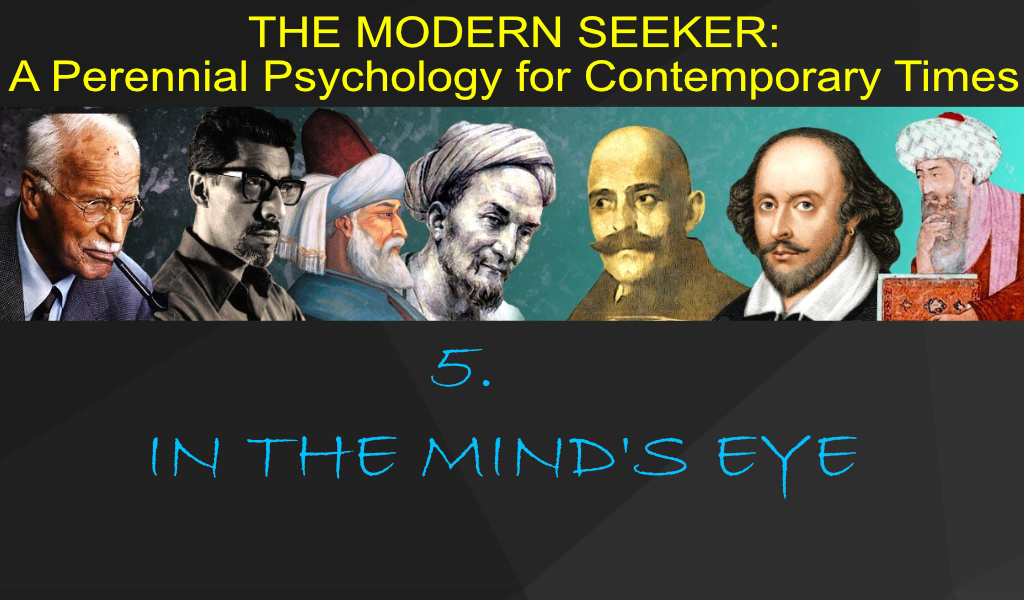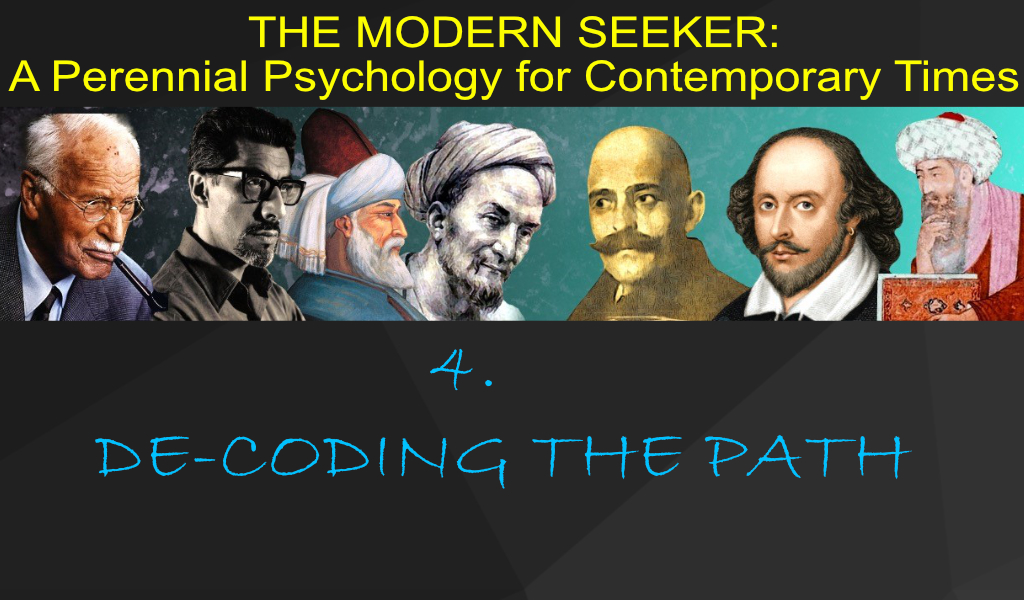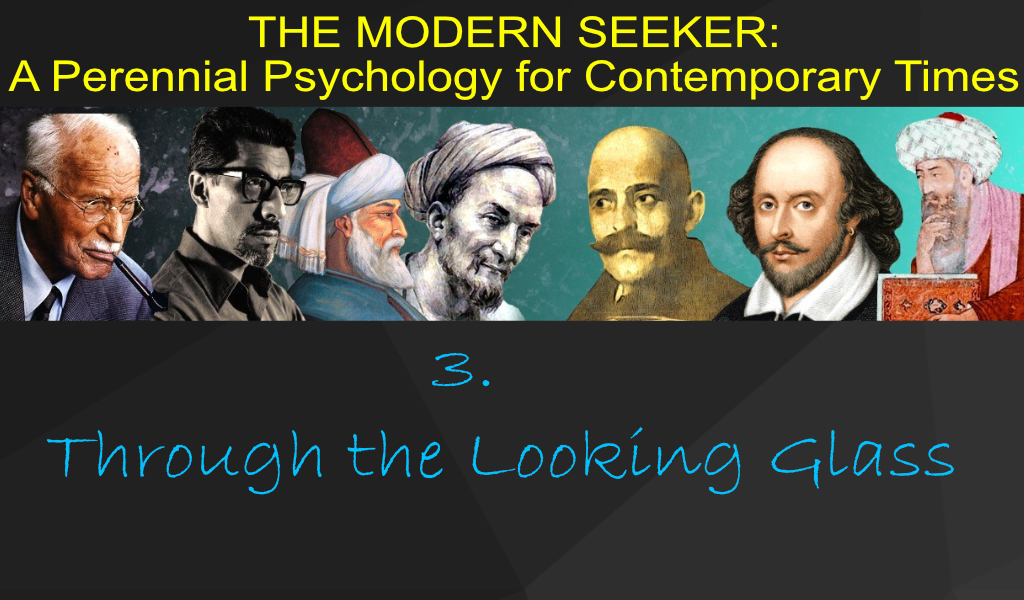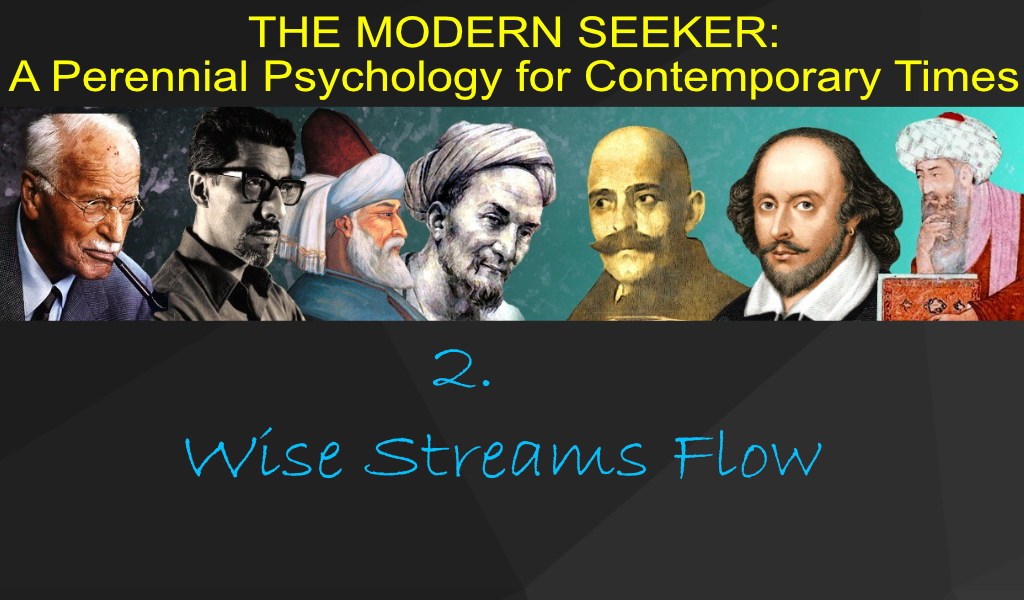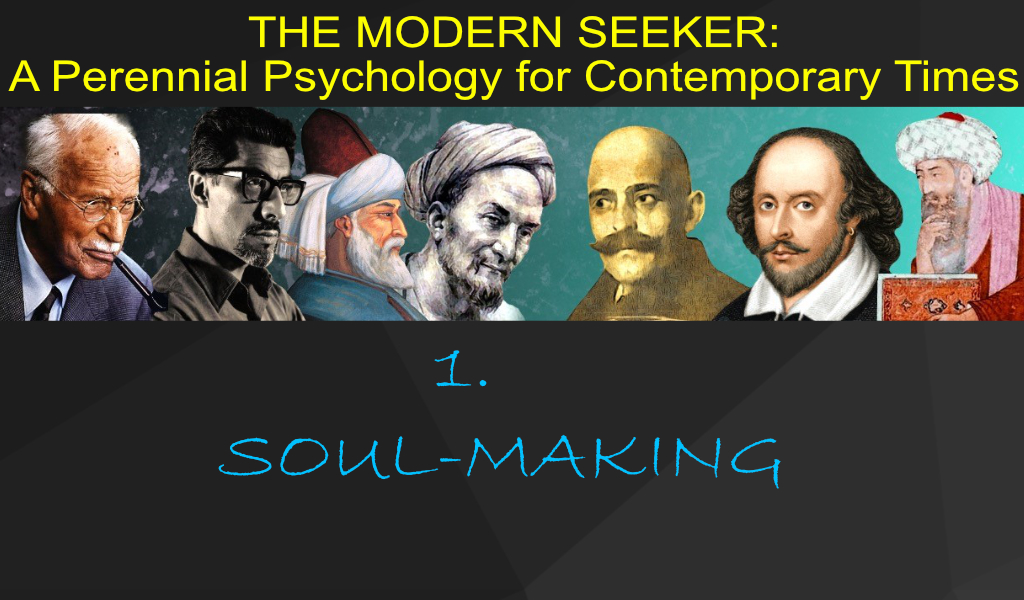“The very aim of our society seems to be to remove from people responsibility for their lives and acts. The way of transformation must be the exact opposite of this. Whatever else it may lead to, it must make us into free, responsible individuals, able to direct our own lives in accordance with the greatest objective good.” — J. G. Bennett, Transformation
The 21st century should be the age where we recover many of the valuable insights and skills in the art of living. Our efforts and skills — the very basis of our human activities and our spiritual and moral values — need to be redirected toward creating a more integral relationship between human living and our earthly environment. In other words, we need to develop our critical, reflexive faculties and to find a balance between our inner and outer needs. We require food, clothing, shelter and community; we also require a sense of worth and belonging, of communion with our environment. In giving shape to ourselves in these times, updated social and cultural forms are needed. These forms should serve to place humankind within the dynamics of evolving socio-cultural frameworks that are more adaptable and resilient to current global conditions. Further, we should be preparing for lifestyles decades in front of us, to prepare our descendents for a world that is to come.
For many of us, the context for our existence has become mechanical and often unfulfilling. We have lost touch with the organic, with the alive and the renewing, and exist in material cocoons that are drip-fed. Within this barren context, we obscure our natural capacity for intimacy and cohesion with the collective humanity that forms a membrane around this planet. We have so far lacked the epiphany (or the revelatory experience) needed to shock human consciousness awake and make it aware of its interrelationship within a myriad of living systems and processes. Perhaps that shocking epiphany will come in the form of a series of crises that will force social transformation. In this sense, we “need to reinvent the human within the community of life systems,” as cultural historian Thomas Berry says. Instead of being a pivotal force, humankind has become an addendum or intrusion into the organic, living processes because of a lack of insight and understanding.
Just as humanity is a social species, individuals are the building blocks of society. The worth of any society is the sum of the citizens who comprise it. Unfortunately, most political systems dumbfound and dumb-down the masses and castrate the power of the people. Yet this form of social castration has been increasingly contested over recent years by the welcome emergence and rise of some powerful and potent civil movements and nongovernmental organizations. A part of the needed social transformation will be the rise of increased social agency through peoples’ collectives, as we are seeing now with the Occupy movements. The social community should once again become an empowering body, a collective that invests diverse individuals to work together for the common good. In this way people are being encouraged to become more creative, constructive, and influential within collective life. This can work as an encouragement for each person to develop to the best of his or her capacity, able to transform dynamic inner power into a productive and useful force. As the renowned metaphysical poet John Donne once wrote, “No man is an island.”
Social scientist and futurist Duane Elgin has written extensively on the subject of social consciousness and evolving societies. Elgin has stated that for a sustainable future to be viable, there are six requirements: (1) to dismantle consumerism, (2) to return to ecological living, (3) to engage with sustainable futures, (4) to create a conscious democracy, (5) to embrace a reflective paradigm and (6) to work toward reconciliation. All these features support a communal immersion, the very opposite of what has been occurring within the Western urban landscape. To a large degree, modern urban living has contributed to isolating individuals from their wider social community and from the influence of their peers. Many people have been starved of the developmental input that comes from dynamic social intercourse. It may help to remember that progress rarely is achieved through extremes: neither through total individualism (anarchy) nor through an absolute collective (totalitarianism). As in quantum physics, each living organism has the capacity to function both as a sentient individual (a particle) and as a part of the unified collective field (a wave).
To accomplish this may require new forms of social community: emerging micro-communities, transit-orientated communities, garden cities, eco-cities and others. This could foster a new sense of contracted and coherent communities to replace the alienation of large urbanized areas and suburban sprawl. Urban life is increasingly out of balance with the needs of the people. This situation will be exacerbated when disruptive events impact the daily life of the urbanite. This is especially so if the individual is dependent on supermarket food supplies, gas station fuel and other necessary external amenities. In short, the average urbanite is partly (and sometimes wholly) dependent on the plentiful supply of “always-available” goods, such as food and energy. As Western societies, and their cities, have become increasingly complex, their supply infrastructures have likewise become increasingly complex, interdependent and fragile. A disruption to a part of the infrastructure, such as the power grid, can cause various domino effects, creating havoc. In these modern times, no event occurs in isolation, as everything is connected to everything else; thus, everything matters. As most major cities go, life is comfortable within the home, yet moving around within the city offers less and less pleasure, safety and comfort. When civil unrest manifests, as it already has in various cities as people protest against food inflation, austerity measures, and political corruption, many more major European and American cities will see bouts of violence, disorder and degrees of chaos.
It is necessary, then, to address the issue of creating more sustainable social living zones. Until now, too much effort has been placed into creating suburban sprawls that alienate the community; families are either boxed into their homes or boxed into the iron cage of the car. The rise of suburban living has been described by social critic James H. Kunstler as “best understood as the greatest misallocation of resources in the history of the world.” It will be important that creative individuals view the upcoming years (or even decades) as opportunities to transform these dense urban zones into more compact, sustainable living centers. For example, instead of segregated areas, the city could be functionally integrated between living, working and leisure areas; mixed-income communities would be integrated, as having different skill sets is likely to be more important than traditional income status. Also, public spaces could be transformed into well-integrated, interconnected and walkable networks and easy-access corridors. A sense of community needs to be revitalized through the use of open spaces, parks and community landscaping projects, such as communal gardens and food gardens. Superstores and large shopping complexes should be replaced with local shopping areas and farmer’s markets. While this may sound the death knell for many corporate giants, their presence will be replaced by something more beneficial to the community. The large supermarkets have exploited and manipulated consumer demand for too long, and many smaller retailers and farmers have suffered greatly over their monopoly. There are already positive signs that groups of individuals are recognizing the urgent need to transform urban living centers.
These are just some of the beginning steps in the way we need to transform our sense of the social. And it is already happening in an array of social projects now taking off in various locations across the globe. A new renaissance is picking up; yet this time it is spreading from the periphery — from the “disruptive innovators” — rather than from the centre. The centre cannot hold, as the old system weighs it down and pushes it toward implosion. The transformation of social life will emerge from the edges, from the places/zones least expected, and will spread across the social fabric causing disruption and opportunity. As J.G. Bennett said in the opening citation, the way of transformation must “make us into free, responsible individuals, able to direct our own lives in accordance with the greatest objective good.”




